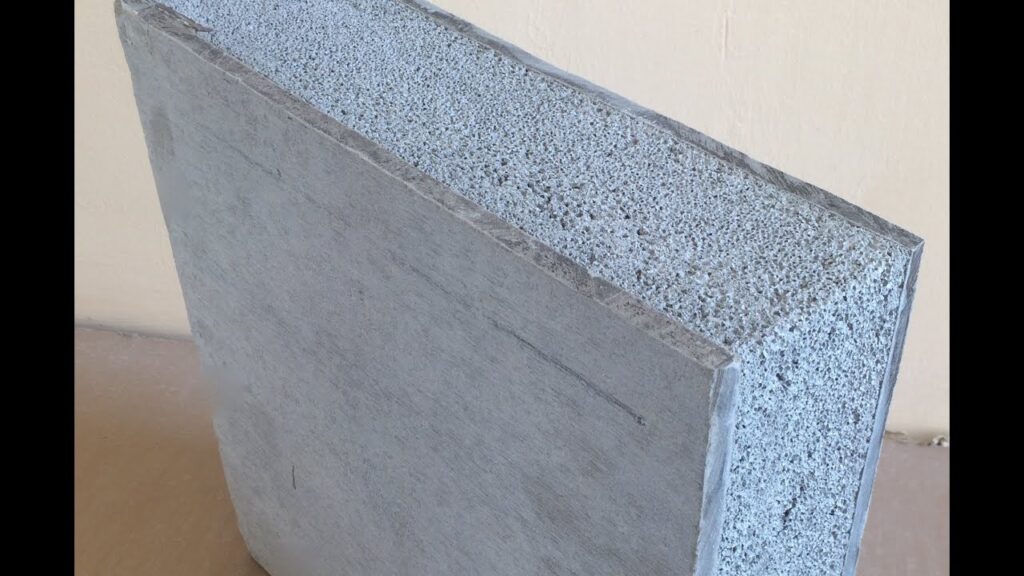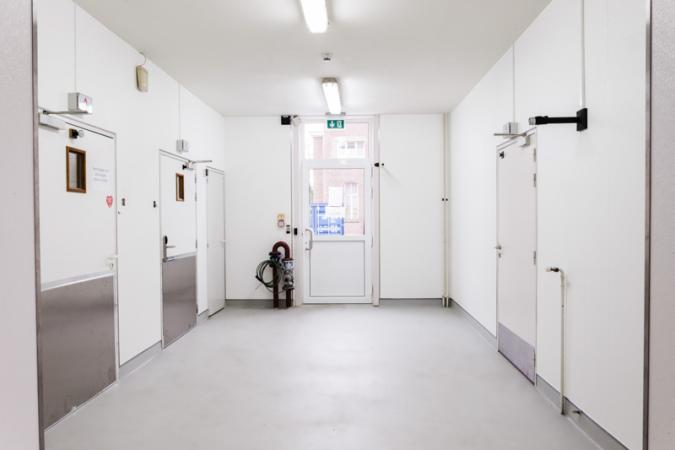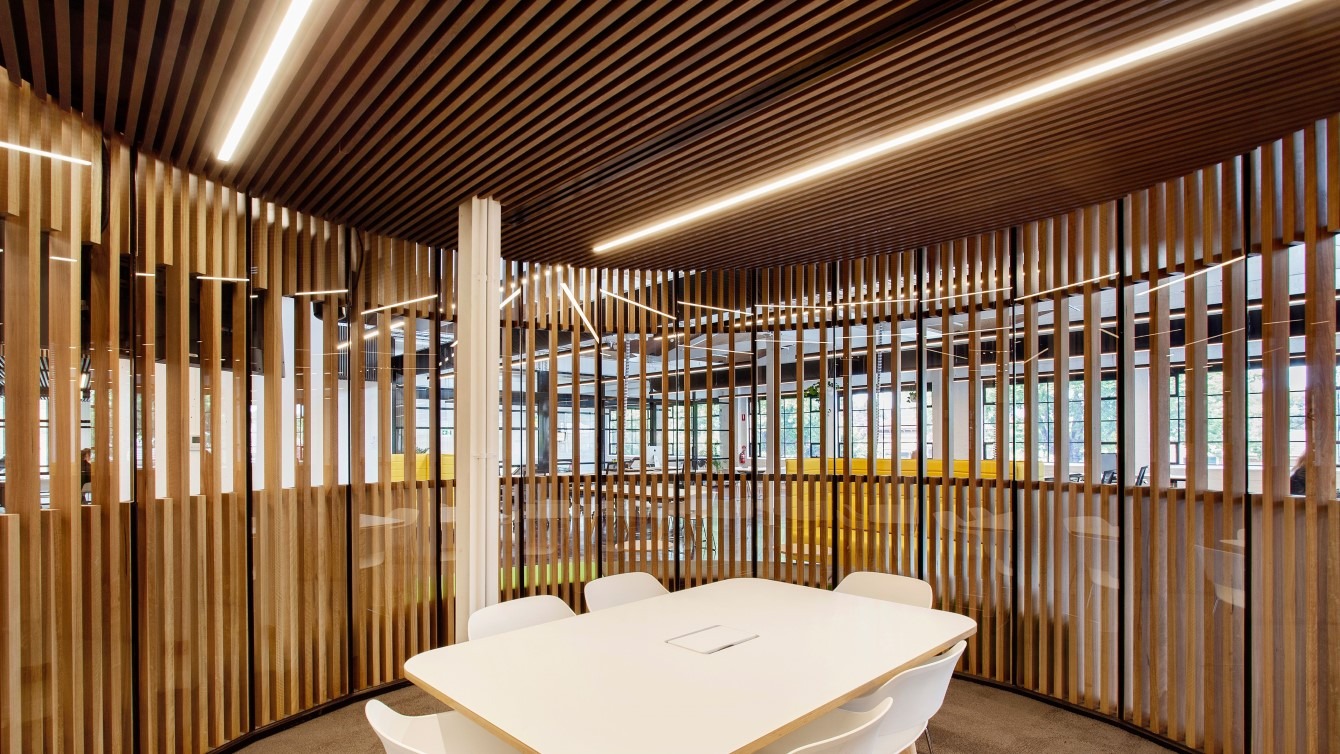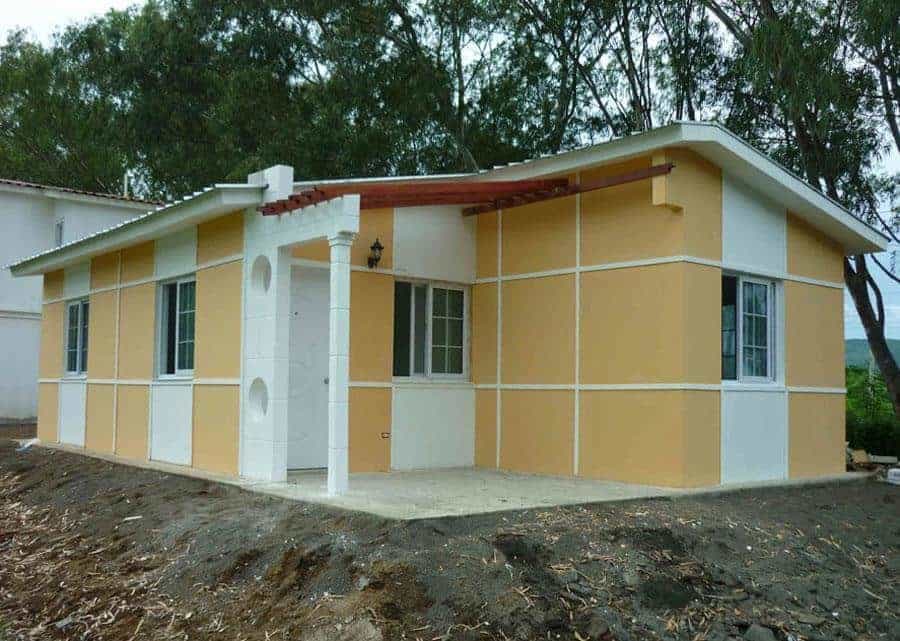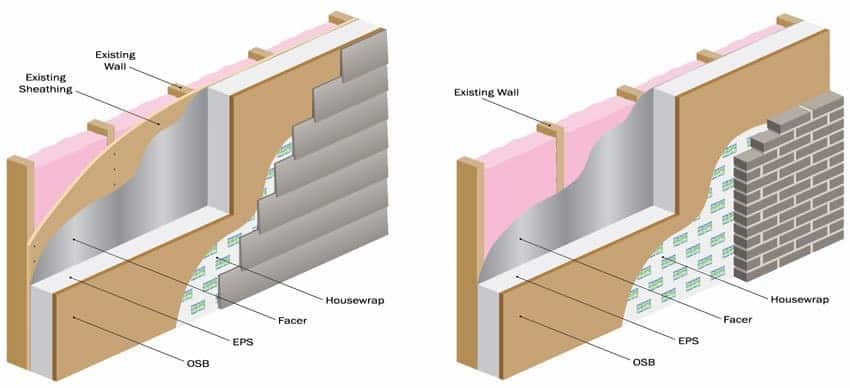The construction industry is a significant contributor to global carbon emissions, accounting for approximately 38% of energy-related CO₂ emissions. Traditional concrete, while strong and versatile, has a significant environmental impact due to its reliance on cement production, which generates high levels of carbon dioxide. To address this, researchers and engineers are developing low-carbon concrete solutions that maintain structural integrity while enhancing thermal performance. Among these innovations, heat-insulating concrete has emerged as a game-changer, offering improved thermal efficiency in buildings and contributing to carbon footprint reduction in construction.
Understanding Low-Carbon Heat-Insulating Concrete
Low-carbon concrete is designed to reduce environmental impact while maintaining essential properties such as strength, durability, and workability. Unlike conventional concrete, which primarily relies on Portland cement, this new generation of materials incorporates alternatives like fly ash in concrete, slag-based concrete, and other supplementary cementitious materials.
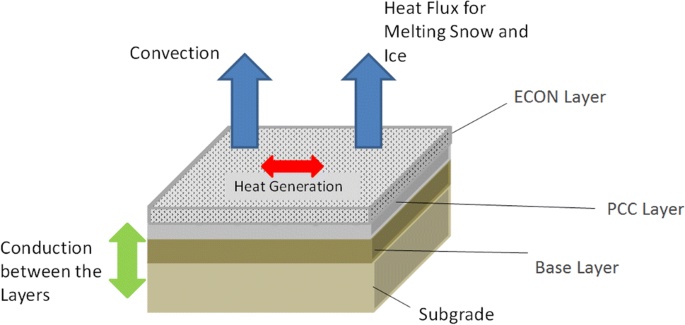
One of the key differentiators of heat-insulating concrete is its ability to enhance thermal performance, reducing energy consumption in buildings. This type of concrete is particularly beneficial for applications in residential, commercial, and industrial structures, where maintaining internal temperatures efficiently can lead to significant energy savings. The integration of insulation properties within the concrete matrix makes it a valuable component in green building solutions.
Key Innovations & Materials
Use of Fly Ash and Slag: Reducing Carbon Footprint
A major innovation in eco-friendly concrete is the replacement of conventional cement with fly ash in concrete and slag-based concrete. These industrial by-products not only reduce the demand for energy-intensive clinker but also enhance durability and resistance to chemical attacks. By substituting a portion of cement with these materials, builders can significantly lower greenhouse gas emissions while maintaining structural integrity.
Aerated and Foamed Concrete: Enhancing Insulation Properties
Another groundbreaking approach involves aerated concrete insulation, which introduces air pockets within the concrete mix. This technique improves thermal insulation by reducing density and increasing porosity. Aerated concrete insulation is widely used in prefabricated building blocks, providing excellent fire resistance and moisture control in addition to its energy-saving benefits.
Bio-Based Additives: Incorporation of Recycled and Organic Materials
The integration of bio-based and recycled materials into sustainable construction materials is gaining traction. Researchers are exploring the use of agricultural waste, recycled plastics, and natural fibers to enhance the sustainability profile of concrete. These materials not only contribute to carbon footprint reduction in construction but also offer improved mechanical properties and resistance to environmental stressors.
3D Printing with Insulating Concrete: Advancements in Manufacturing Techniques
The advent of 3D printing technology has enabled the production of highly customized eco-friendly concrete structures with minimal waste. Innovations in low-carbon concrete formulations are allowing for the direct printing of insulated walls and other building components, optimizing material usage and construction efficiency. This method is particularly valuable for prefabricated and modular construction, where precision and speed are critical factors.
Phase Change Materials: Enhancing Thermal Regulation
Incorporating phase change materials (PCMs) into concrete is an emerging strategy to improve thermal regulation. PCMs absorb and release thermal energy during phase transitions, helping maintain stable indoor temperatures and reducing reliance on heating and cooling systems.
Self-Healing Concrete: Extending Lifespan and Sustainability
Self-healing concrete, infused with bacteria or chemical agents, can autonomously repair cracks, enhancing durability and reducing maintenance needs. This innovation contributes to sustainability by extending the lifespan of concrete structures and minimizing resource consumption for repairs.
Performance Benefits & Sustainability Impact
Energy Efficiency and Reduced Heating/Cooling Costs
One of the primary benefits of heat-insulating concrete is its contribution to thermal efficiency in buildings. By reducing heat transfer, this material minimizes the need for artificial heating and cooling, leading to lower energy consumption and operational costs. This is particularly beneficial in extreme climates where insulation is essential for occupant comfort.
Reduction in Carbon Emissions and Greenhouse Gases
By incorporating materials like fly ash in concrete and slag-based concrete, the industry can significantly cut down on CO2 emissions associated with cement production. Additionally, the use of aerated concrete insulation reduces the overall material mass, leading to further reductions in embodied carbon.
Durability and Resilience Against Extreme Weather Conditions
Beyond its environmental advantages, low-carbon concrete offers enhanced durability against weather-induced deterioration. This results in longer-lasting structures that require less maintenance and replacement, further contributing to sustainability efforts.
Challenges & Future Prospects
The construction industry is undergoing a transformative shift towards sustainability, driven by environmental concerns and technological advancements. However, several challenges impede the widespread adoption of sustainable construction materials.
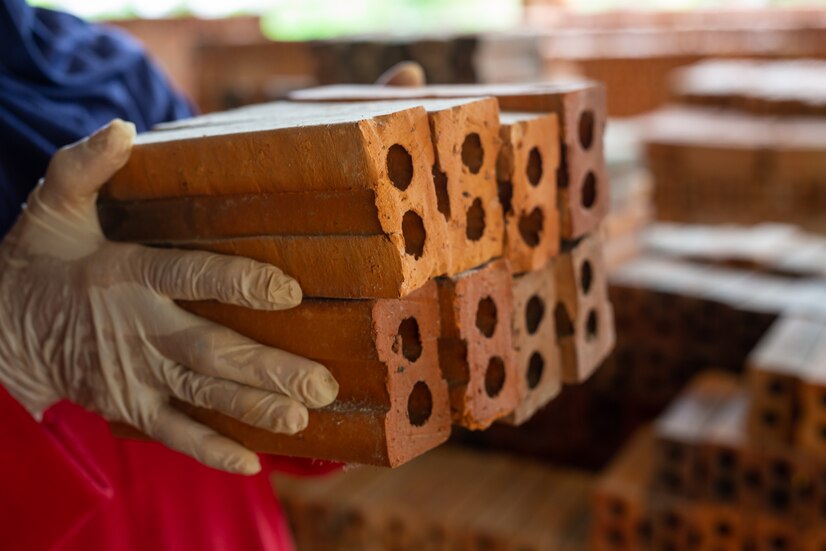
- Cost and Availability of Low-Carbon Alternatives
Despite the numerous advantages of sustainable construction materials, their widespread adoption faces challenges related to cost and availability. The production of eco-friendly concrete often requires specialized facilities and the sourcing of alternative materials, which can be limited in certain regions.
- Technical Limitations and Research Gaps
While heat-insulating concrete has shown promise, further research is needed to optimize its mechanical properties and ensure compatibility with existing construction methods. Additionally, regulatory standards and building codes must be updated to accommodate these new materials.
- Regulatory and Market Barriers
The construction industry’s conservative nature often leads to resistance against adopting new materials and technologies. This hesitation is compounded by a lack of standardized regulations and certifications for sustainable materials, making it challenging for builders and consumers to trust and adopt these alternatives.
Emerging Trends and Innovations for the Future
Despite these challenges, several emerging trends and innovations are poised to drive the next wave of sustainability in the construction industry:
-
Advanced Sustainable Materials
- Cross-Laminated Timber (CLT): CLT is gaining popularity as a sustainable alternative to traditional building materials. Its strength and versatility make it suitable for various construction applications, reducing reliance on concrete and steel.
- Recycled and Waste-Based Materials: Innovations in converting waste into sustainable construction materials are on the rise. For instance, companies are developing methods to utilize waste such as insect shells, rice husks, and plastic bottles to create durable building materials, reducing the carbon footprint of new construction.
-
Integration of Smart Technologies
- Building Information Modeling (BIM): The adoption of BIM management tools is enhancing efficiency in sustainable architecture and construction. These tools facilitate better planning, design, and management of building projects, leading to more sustainable outcomes.
- AI-Driven Material Optimization: Artificial Intelligence is being leveraged to optimize the selection and use of materials, leading to more efficient and sustainable construction practices.
-
Renewable Energy Integration
- Solar Integration: The integration of renewable energy into design is a crucial aspect of the future of green building.
-
Water Conservation Strategies
- Rainwater Harvesting: Emerging solutions include rainwater harvesting, which involves collecting stagnant rainwater from roofs and other surfaces and storing it for later use, minimizing water usage in buildings.
-
Biophilic Design
- Green Spaces Integration: There is a greater emphasis on incorporating green spaces and nature into building designs. This approach not only enhances aesthetic appeal but also contributes to environmental sustainability and occupant well-being.
-
Resilient Building Practices
- Disaster-Resilient Designs: Innovations in building technologies are leading to homes that are not only energy-efficient but also resilient against natural disasters. For example, advanced insulation techniques and heat pumps are being used to create disaster-proof homes.
-
Policy and Incentive Structures
- Government Initiatives: Governments worldwide are implementing policies and incentives to promote the adoption of sustainable construction practices. These measures include tax benefits, subsidies, and stricter environmental regulations to encourage the use of eco-friendly materials and technologies.
Conclusion
The advancements in low-carbon concrete and heat-insulating concrete represent a significant step toward more sustainable construction materials. By incorporating fly ash in concrete, slag-based concrete, and aerated concrete insulation, builders can enhance thermal efficiency in buildings while achieving carbon footprint reduction in construction. Despite challenges such as cost and technical limitations, ongoing research and industry collaboration are paving the way for more efficient and environmentally friendly building practices. As the demand for green building solutions grows, the construction industry must continue to innovate and embrace sustainable alternatives to ensure a more resilient and eco-conscious future.


